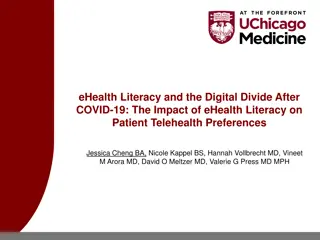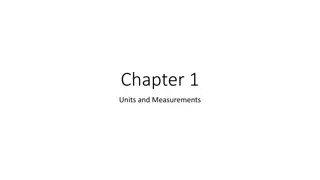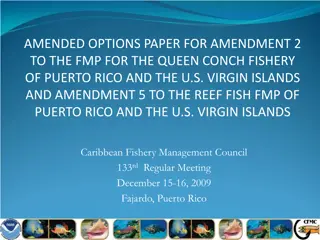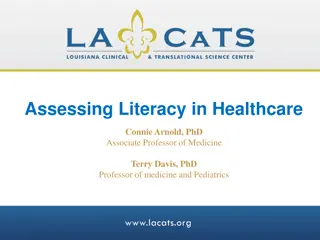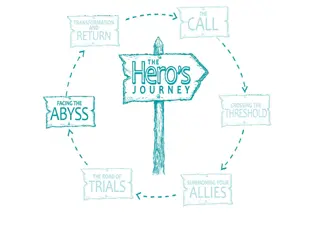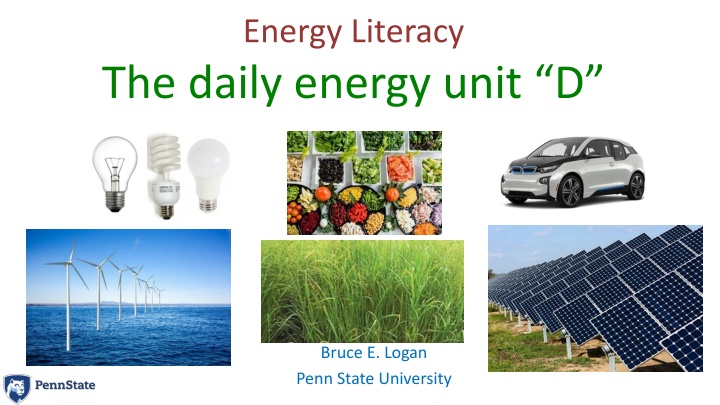
Gaining Energy Literacy: Understanding Energy Units and Food Comparisons
Enhance your knowledge on energy literacy by exploring different energy units and their practical implications in daily life. Discover how energy consumption relates to food energy, making complex concepts more relatable and understandable. Gain insights into various energy sources and consumption patterns in a simplified manner for better comprehension.
Download Presentation

Please find below an Image/Link to download the presentation.
The content on the website is provided AS IS for your information and personal use only. It may not be sold, licensed, or shared on other websites without obtaining consent from the author. If you encounter any issues during the download, it is possible that the publisher has removed the file from their server.
You are allowed to download the files provided on this website for personal or commercial use, subject to the condition that they are used lawfully. All files are the property of their respective owners.
The content on the website is provided AS IS for your information and personal use only. It may not be sold, licensed, or shared on other websites without obtaining consent from the author.
E N D
Presentation Transcript
Energy Literacy The daily energy unit D Bruce E. Logan Penn State University
English How can we communicate unless we all speak the same language? We translate it into something we know Russian Hindustani Chinese Japanese
Kilowatt h (kwh) How do we communicate when it comes to energy we use? We translate it into something we know horsepower Megajules BTU Kilocalories (kcal)
Something we know: Food we need to eat every day For example: How many 100 W light bulbs could we power with that daily energy? 2000 Calories/day (2,000 kcal/d, 8.4 MJ/d)
Power Consumption by People 2000 Calories/day (2,000 kcal/d, 8.4 MJ/d) 100 W Just 1 lightbulb!
We need to gain a better perspective on energy Energy and power have so many units! Daily food for a human= 2000 Calories Daily food for a horse: 20,000 kcal = 23 kWh Daily house Energy = 30 kWh = 30 kWh Power per 1 solar panel = 250 W = 1 kWh Energy in 1 gallon of gasoline = 114,000 BTU = (33 kWh) Engine for an average car= 120 hp = 2200 kWh Electricity, USA per capita = 91 kWh = 91 kWh Energy, USA per capita = 374 Mj Look at all the energy and power units we see every day! = 2.3 kWh Still too confusing! 240 kWh 6
Relate all these energy units to food energy! Food energy, 1 person: 2000 Calories/day = 1 D Energy in a gallon of gasoline? 14 D
The unit D makes everything easy to compare A simplified unit: the daily energy unit, D Food for a human = 1 D Food for a horse = 10 D House energy used = 13 D 1 solar panel = 0.43 D (1 gallon of gasoline = 14 D) Average daily energy for light duty vehicles = 21 D Electricity, USA per capita = 40 D Energy, USA per capita = 104 D 8
Consider energy to commute to work Lets say you use 1 gallon of gas, and your car gets 18 miles per gallon (mpg) Same commute @ 52 mpg? Commute = 4.9 D Commute = 14 D Using an electric car? (27 kWh/100 mi) Commute = 2.1 D
Lets go solar! 30 solar panels 5 solar panels Solar panel = 0.43 D 1 solar panel = 250 W = 1 kWh/d
How much energy should we use? 2000 W = 20 D Switzerland = 53 D United States = 104 D
Going forward Build D into your activities! Energy you can save at home? How to make 20 D Green! 12




